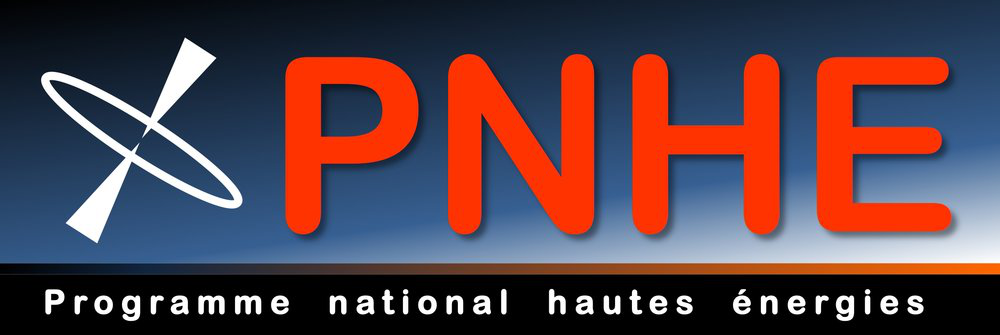Orateur
Description
Polarimetry has proven to be one of the most resourceful observational methods in astronomy, but it is probably in the field of quasars that polarimetry contributed the most. And what better waveband to observe quasars than in the ultraviolet? This is both where the quasar's central engine (a supermassive black hole and its accretion disk) emit the most, and where the polluting starlight contribution is the weakest. Unfortunately, there are no longer far- and mid-UV polarimeters available for quasar observations. A few telescopes mounted with spectropolarimetric instruments reaching the near-UV band still exist but one would have to observe high-redshift sources in order to probe the far-UV band, where photon count becomes problematic. Using the example of forgotten and unpublished UV polarimetric observations made by the HST/FOC instrument between 1990 and 2002, we intend to demonstrate that there are treasures to be discovered by looking at the UV polarization of quasars. In particular, we can probe the immediate vicinity of the central engine, detect jet/wind interactions in the form of bow shocks and even determine the 3D arrangement of matter in the first hundred of parsecs around quasars. But the lack of (imaging) polarimeters for the upcoming new generation of 30-m class telescopes is extremely worrying and will create an observational gap in our knowledge of the most powerful persistent sources in the Universe. Therefore, we must gather our effort to support future polarimetric missions, such as the CNES-lead ultra-high resolution UV spectropolarimeter POLLUX to be mounted aboard the LUVOIR mission.

